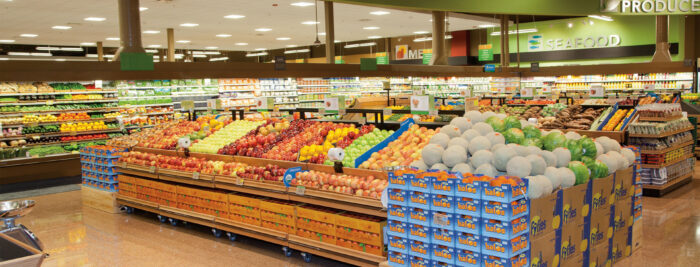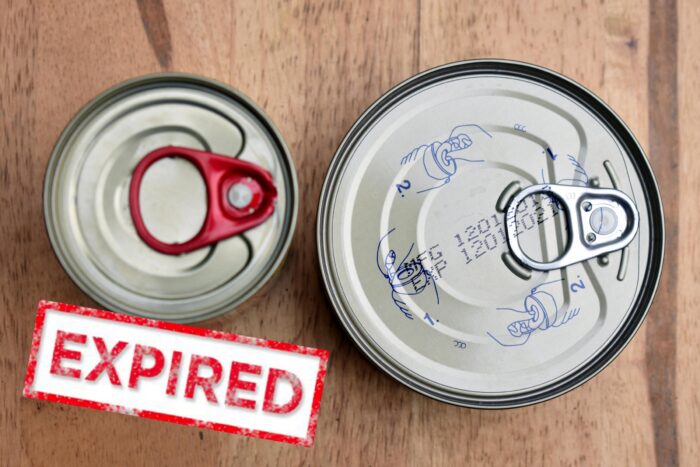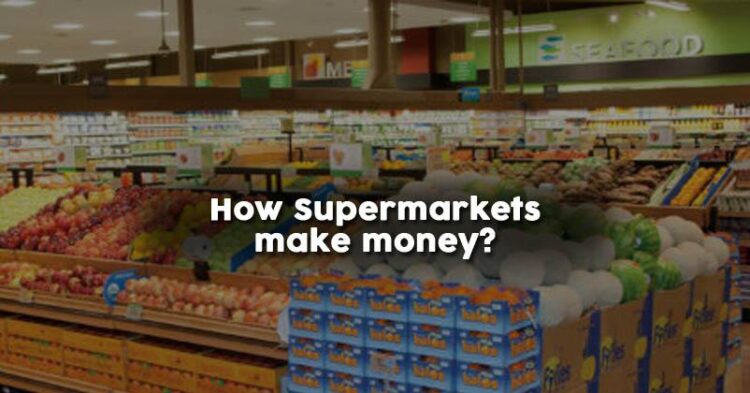How often do you visit a supermarket? For most of you, the answer will be weekly. Even though you go to a supermarket on a regular basis, trust me, you don’t know what happens behind the scenes.
Ever thought how does a supermarket make money? Even if you did, you never got to know the real secret behind the “Buy 1 Get 1 Sale” for which you mostly go to those supermarkets. Everything you see is not real and when it comes to supermarkets everything has a reason.
What is a supermarket?
A supermarket is a self-service shop offering a wide variety of food, beverages, and household products, organized into sections and shelves.

The idea behind a supermarket is getting customers in large numbers and making the customer buy more than what he actually came to buy.
How do supermarkets make money?
The very first way supermarkets make money is by collaborating with different companies. The tie-up actually results in doubling the money with which the supermarkets buy the products. This is a major source of income and profit for both the supermarket and the manufacturer.

Why do manufacturers prefer supermarkets?
Usually, the manufacturer sells products in a chain which consists of distributors, wholesalers, shopkeepers, retailers, which is a long process and it takes up to a month or two for this. Now for a product which has its expiry date scheduled in the coming 3-4 months, if the manufacturer tries to sell the product via this chain, it is sure that the product will have an expiry of just a month left till it reaches the market.

Trust me, no sane customer is going to buy a product with just a month left for its expiry. Moreover, a shopkeeper has the right to return the expired product to the manufacturer and get a fresh one in return, in return making a loss to the manufacturer.
To avoid this delay and loss, manufacturers sell the same product directly to the supermarkets with just 25% of the original price. And this tie-up takes away the right of “return policy” from the supermarkets.
The secret unraveled!
This is the little secret behind the “Buy 1 Get 1” sale. Customers pay 50% of the original price of the product which is still double the cost price of the product. Thus making a 100% profit for the supermarkets. Even if 10% of the products could not be sold before expiry, the marginal profit covers those losses.

Truly, this method brings a huge marginal profit for both supermarkets and manufacturers.
Another source of income?
Another major source of income for the supermarket is by the promotion of brands. Now, it’s a common thing to find different brand outlets in supermarkets.

Why do you think a supermarket is going to promote multiple brands? Nothing is free in this world. Supermarkets charge these brands for space they occupy to open their outlets. Every space at different corners of the supermarket has its own price. We all know the number of brand outlets at every supermarket, now imagine the money they will be making from it!
















